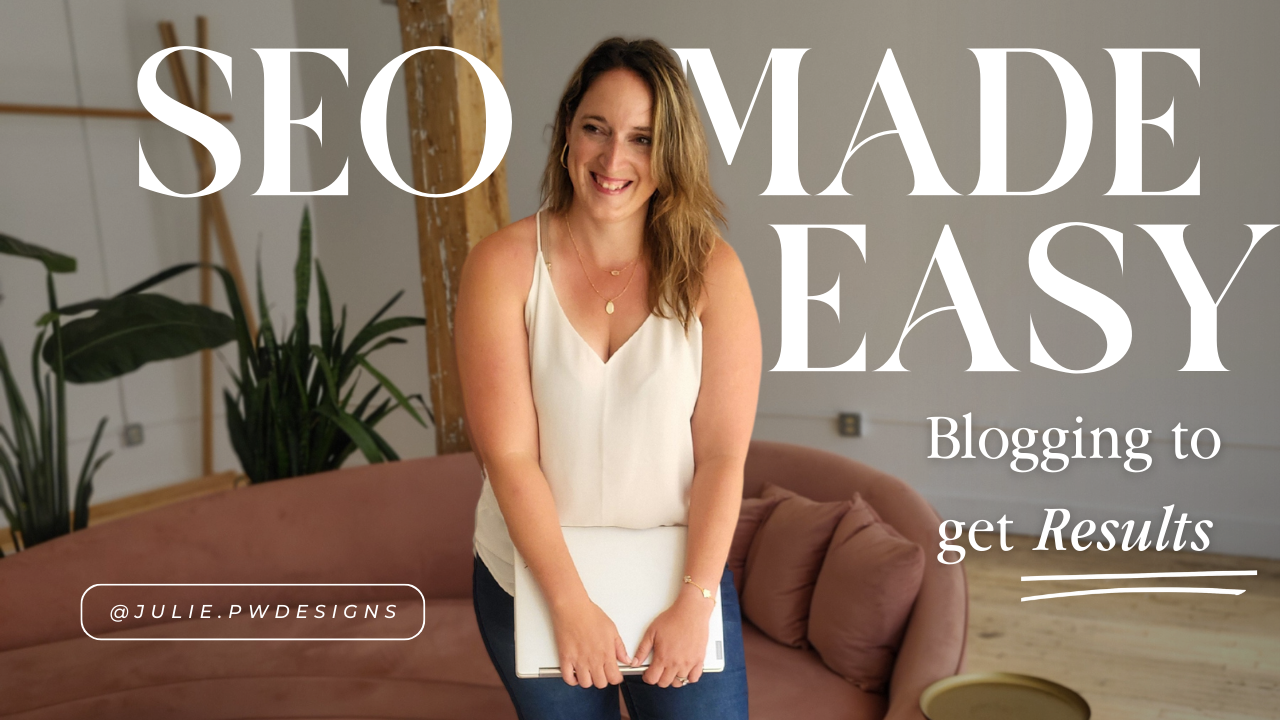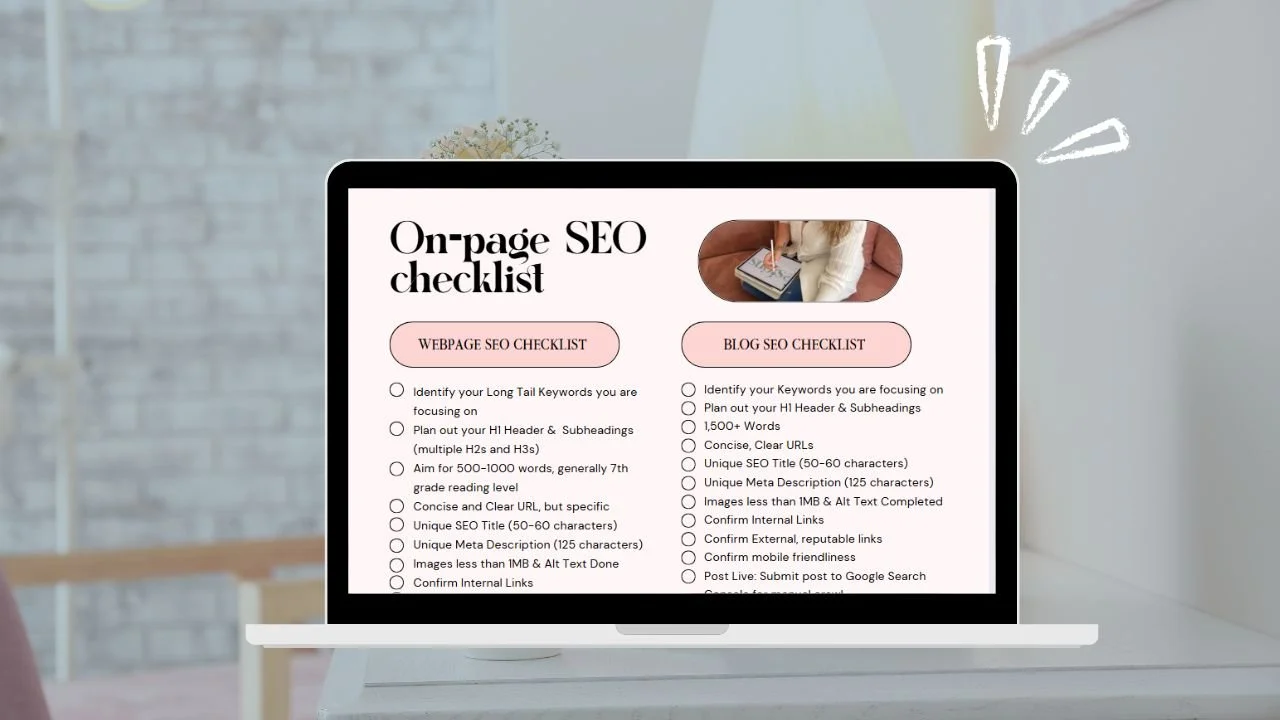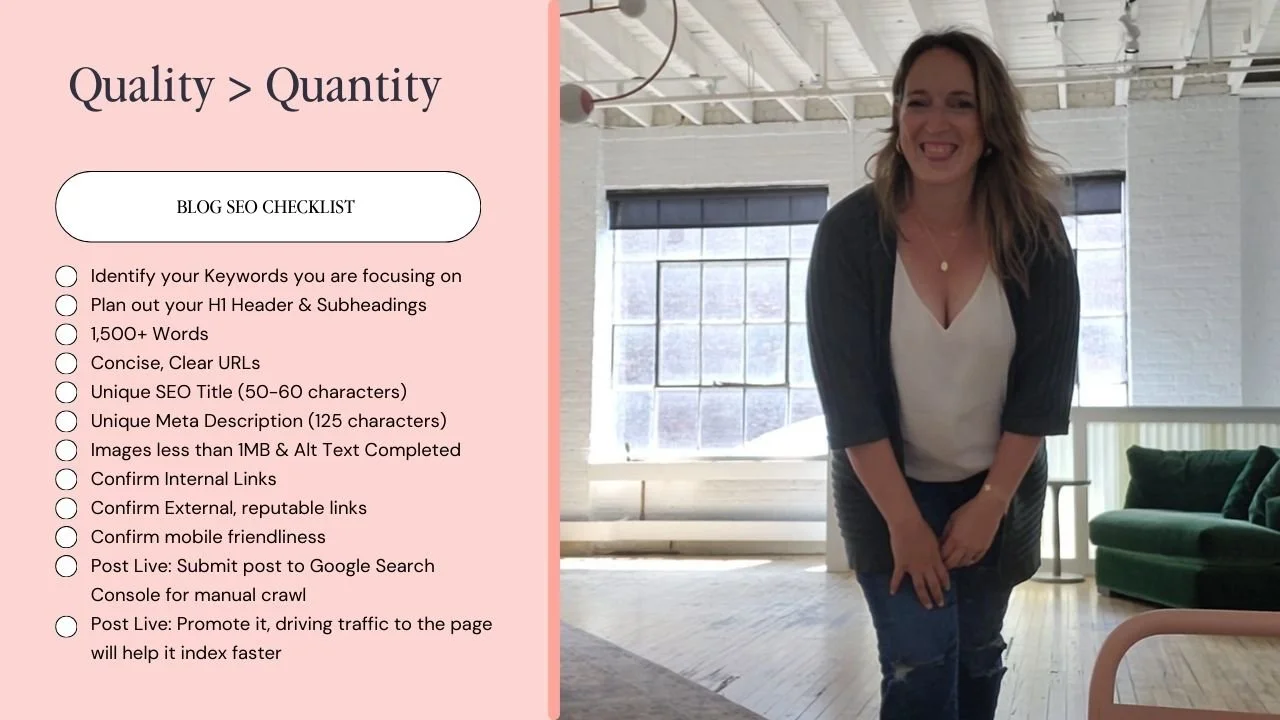Welcome to the Blog.
Essential Tools for Blogs: 10 SEO Blogging Tips Every Entrepreneur Should Know

In the ever-evolving world of digital marketing, blogging is still one of the best ways to drive traffic, boost credibility, and connect with an audience. Yes, the rumor mill might say that “blogging is dead,” but I’m here to tell you it’s very much alive and remains an invaluable tool for SEO, especially for small businesses. Today, we’re breaking down everything from keyword research and structuring your content to optimizing for search engines with an SEO checklist—because when it’s done right, blogging can work wonders for your business.
So, let’s dive in. Here’s my guide to blogging, covering all the strategies and steps you need to write blog posts that rank and resonate.
Step-by-Step Blog Post SEO Checklist
1. Always Start with Keyword Research
One of the biggest mistakes I see is diving into a blog without first pinpointing the right keywords. Keywords are the backbone of any SEO strategy—they’re the phrases people use to search for topics related to your blog. So you need to start with your topic in mind and then research the long-tail keywords (3-5 word phrases) that can help you rank faster.
These are typically less competitive, which makes them perfect for small businesses looking to gain traction quickly (go back to this post if you need more on Keywords). For example for this blog post keywrds I may target are, “SEO for entrepreneurs,” or “blog post SEO checklist.” Tools like Google’s Keyword Planner, Ubersuggest, or Semrush can help you dig deeper into keyword ideas that resonate with your audience.
2. Create a Clear, Keyword-Rich Title and URL
Your blog title should be enticing and include your primary keyword naturally. When crafting titles, consider what would compel someone to click, and make sure it aligns with what they’re searching for. For instance, instead of a generic title like “SEO Tips,” try something more specific like “SEO for a Small Business: A Beginner’s Guide.”
Pro tip: As for the URL, keep it concise and clean, including your main keyword if possible. Avoid using years or specific dates in URLs to ensure they stay evergreen. For example, instead of /2024-seo-checklist/, use /seo-checklist/.
3. Structure Your Blog with Headers and Subheaders
A well-organized blog post isn’t just easy to read—it also helps Google understand your content better. Use headers (H1, H2, H3) to break up the text, including keywords where appropriate.
For example:
-
H1: SEO for Entrepreneurs: Mastering Blog Post Optimization
-
H2: Why Blogging Still Matters for SEO
-
H2: Step-by-Step Blog Post SEO Checklist
-
H3: Start with Keyword Research
-
H3: Craft Compelling Titles and Descriptions
Headers make it easier for readers (and Google) to skim through your post and get the information they need, which improves both user experience and search rankings.
4. Write High-Quality, Long-Form Content
When it comes to blog length, quality matters over quantity—but longer content often performs better. Aim for at least 1,500 words per post. This allows you to delve deeply into your topic, providing readers with real value.
Google’s algorithms prioritize comprehensive, informative content. So, rather than skimping on details, answer common questions, cover different angles of your topic, and give practical insights. Long-form content also allows you to incorporate more keywords naturally, which boosts your post’s relevance to search engines.

Download Your SEO Blog Checklist
To help you implement these steps consistently, download my SEO blog post checklist. This handy one-pager keeps everything in one place, so you’ll never forget a critical SEO step again. Opt in below to get it right to your inbox!
5. Add Meta Descriptions and Alt Text
Meta descriptions are the snippets that appear under your page title on search engine results pages (SERPs). Craft these 1-2 sentence descriptions carefully—they should be compelling and include your primary keyword. For example:
“Learn how to optimize your blog posts for search engines with this comprehensive SEO checklist. Perfect for small businesses looking to rank higher.”
Alt text is another crucial detail, especially if you’re using images in your blog post. Alt text describes what’s in an image, helping Google understand the content of your images. For example, if you include a screenshot of a keyword tool, you might use alt text like “keyword research tool for small businesses.”
6. Optimize for Readability
Readability plays a significant role in SEO and user experience. No one wants to wade through blocks of text, so make sure your writing is easy to read and visually digestible. Break up paragraphs, use bullet points, and add visuals or infographics where possible.
Key readability tips:
-
Use shorter sentences and paragraphs.
-
Use clear, straightforward language.
-
Avoid jargon unless it’s relevant to your audience.
-
Keep sentences under 20 words where possible for better engagement.

7. Incorporate Internal and External Links
Internal links guide readers to other content on your site, helping them explore related topics. For example, if you’re writing a blog about blogging with SEO, you could link to a post about creating SEO titles and descriptions. These links help with SEO by distributing authority across your pages.
External links to credible sites also play an important role. Linking out to reputable sources shows search engines that you’re backing your information with research, which helps establish credibility. Just be careful not to overdo it.
8. Include a Clear Call-to-Action (CTA)
An effective blog post doesn’t just inform—it also encourages readers to take the next step. Whether you want them to sign up for your newsletter, download a freebie, or contact you for services, your CTA should be prominent and specific. For example:
“Looking to improve your website’s SEO? Grab our free SEO checklist for entrepreneurs!”
This type of CTA turns your blog into a lead-generation tool, which can help convert blog readers into potential customers.
9. Refresh and Update Content Regularly
Google loves fresh content, so make a point to update older blog posts periodically. Updating your content helps keep your information accurate and relevant, which not only improves user experience but can also boost your SEO rankings.
Instead of creating a new blog post each year on a recurring topic, go back and refresh the original one. Update the information, add new data, and re-optimize with fresh keywords if necessary. This strategy prevents duplicate content issues and keeps your blog focused on evergreen value.
10. Use Tools to Optimize and Track SEO Success
If you’re a small business owner or solopreneur, you’re probably balancing blogging with countless other tasks. Tools like Yoast SEO (for WordPress users) or Rank Math can help you ensure each post is optimized. For example, they’ll prompt you to include your keyword in key areas like titles, meta descriptions, and throughout the body.
Analytics tools like Google Analytics and Google Search Console are also essential for tracking performance. (Download my SEO Monitoring Tools Guide if you haven’t to get these items set up!) Pay attention to metrics like page views, bounce rate, and average time on page. These insights can help you understand which posts resonate with your audience and adjust your strategy as needed.
Final Thoughts on Blogging for Small Business SEO
Blogging is a powerful tool for small businesses and entrepreneurs, providing an opportunity to showcase your expertise, connect with your audience, and drive traffic to your website. By following these best practices—from keyword research and structuring your posts to optimizing for readability—you’re setting your blog up for success.
Remember, SEO is a long game. It takes time for blog posts to gain traction in search engines, but with consistency and commitment, you’ll start seeing the impact. Whether you’re repurposing content from podcasts or writing fresh blog posts, leveraging SEO best practices can help your business reach new heights online.
So grab that checklist, dive into your next blog post, and start seeing the results you’ve been aiming for!
Ready to Take Control of Your SEO Strategy?
SEO might seem overwhelming at first, but once you get a grip on the basics, it can truly transform your small business. Remember, SEO is not a sprint—it’s a marathon. But the time and effort you put in now will pay off in the form of long-term growth and visibility.
Want a full service SEO Audit & Optimization to know you are on the right track to grow your organic traffic and reach? That’s where I come in at P&W Designs! Head over to my SEO Services page to get a full rundown of the service or fill out the inquiry form to schedule a chat!
Be the first to comment